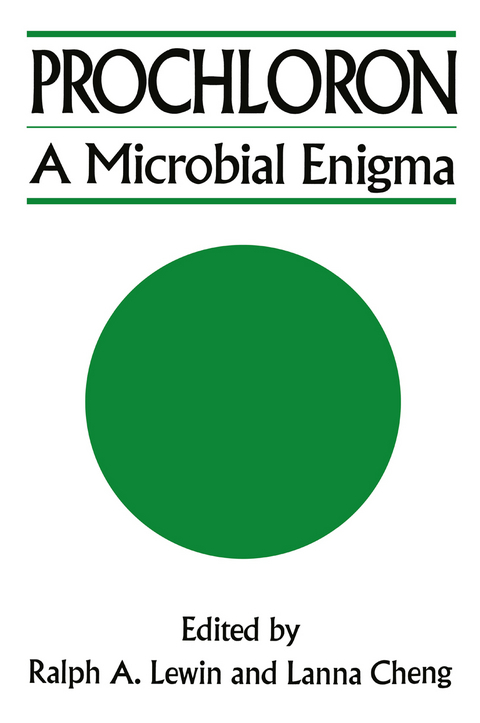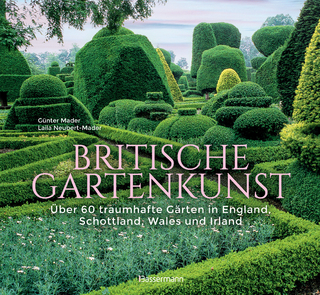
Prochloron: A Microbial Enigma
Springer-Verlag New York Inc.
978-1-4612-8203-7 (ISBN)
1.Introduction.- 2. Collection and Handling of Prochloron and Its Hosts.- Collection and Handling.- Treatment of Prochloron cells.- Conclusion.- 3. Prochloron in Symbiosis.- Photosynthesis.- Translocation.- Formation of the Symbiosis.- Biochemical Interactions between the Symbionts.- Other Interactions between the Symbionts.- References.- 4. Physiological and Cellular Features of Prochloron.- Photosynthetic Features of Prochloron.- Respiratory Behavior and Carbon Balance in Prochloron.- Properties of the Photosynthetic Pigments and Membranes of Prochloron.- Physiology of the Prochloron-Ascidian Association.- Some Suggested Physiological Requirements for the Culture of Prochloron.- Conclusion.- References.- 5. Biochemical Features of Prochloron.- General Features of Enzyme Isolation.- Enzymes of Photosynthetic Carbon Metabolism.- Enzymes of Glucan Synthesis and Storage Carbohydrates.- Lipophilic Components.- Properties of Membrane Fractions.- Miscellaneous Compounds and Metabolic Investigations.- Conclusion.- References.- 6. Phylogenetic Considerations of Prochloron.- Phylogenetic Position.- Phylogentic Rank.- Possible Relationship to Chloroplasts.- References.- 7. The Cytology of Prochloron.- The Cell Wall.- Thylakoids.- Inclusions.- Nucleic Acids.- Conclusion.- References.- 8. A Status Report on Prochlorothrix hollandica a Free-Living Prochlorophyte.- Epilogue.- Author Index.
| Erscheint lt. Verlag | 12.10.2011 |
|---|---|
| Reihe/Serie | Current Phycology |
| Zusatzinfo | XIV, 130 p. |
| Verlagsort | New York, NY |
| Sprache | englisch |
| Maße | 152 x 229 mm |
| Themenwelt | Sachbuch/Ratgeber ► Natur / Technik ► Garten |
| Schulbuch / Wörterbuch ► Lexikon / Chroniken | |
| Geisteswissenschaften | |
| Naturwissenschaften ► Biologie ► Botanik | |
| Naturwissenschaften ► Biologie ► Limnologie / Meeresbiologie | |
| Sozialwissenschaften | |
| ISBN-10 | 1-4612-8203-9 / 1461282039 |
| ISBN-13 | 978-1-4612-8203-7 / 9781461282037 |
| Zustand | Neuware |
| Haben Sie eine Frage zum Produkt? |
aus dem Bereich


